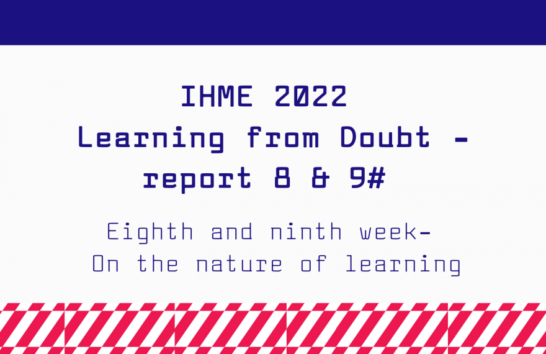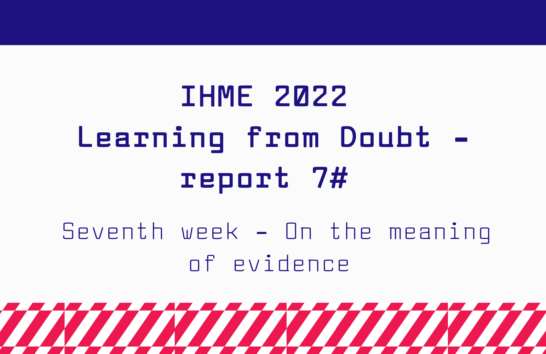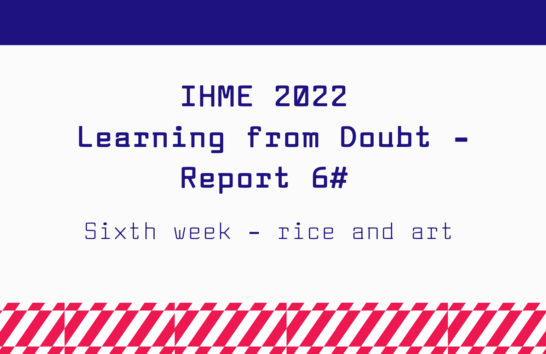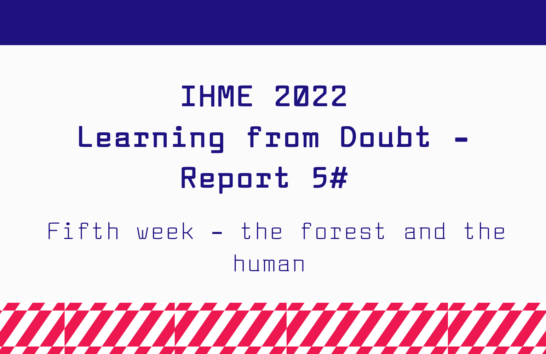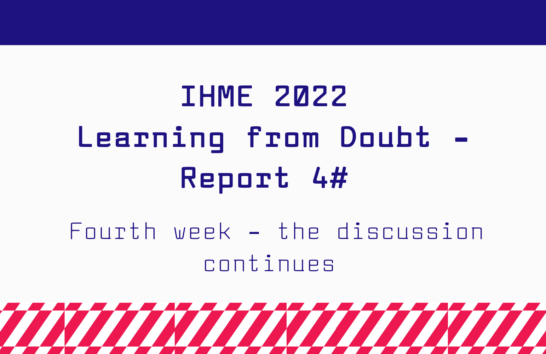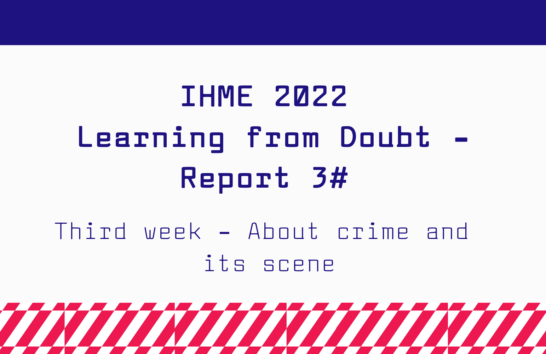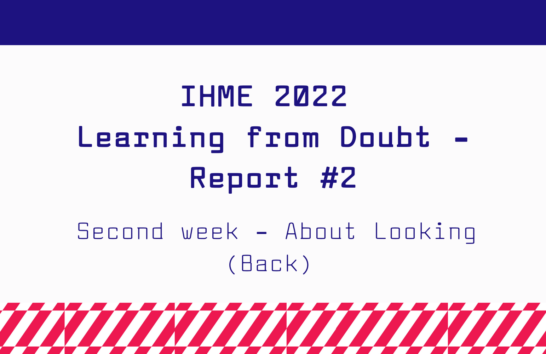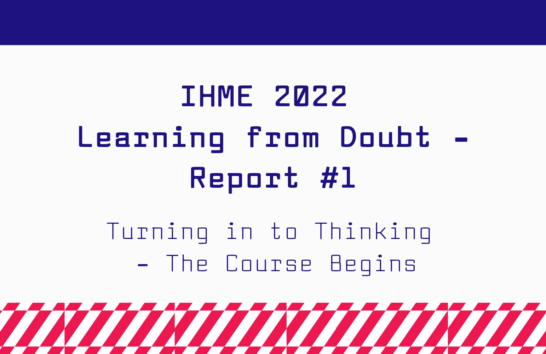Course reports
IHME 2022 Commission Report 6#

Sixth week – rice and art
Amar Kanwar’s Learning from Doubt online course is part of an ever-changing, ever-concretizing installation and art exhibition, The Sovereign Forest. In the sixth week of Learning from Doubt, the focus is on one of the most important aspects of the whole course: the rice-seed bank in the village of Narisho, in Odisha, which is also part of The Sovereign Forest installation.
The course website has a broad set of materials, ranging from interviews to press articles, from academic articles on the agricultural history of India to articles explaining famine. The sixth week is very relevant from the perspective of Learning from Doubt, since its contents intersect with local and global crime, with the relationship between state and individual, and with The Sovereign Forest in general.
While the focus is on rice seeds, the seed bank and the different rice varieties open up a number of historical and cultural, local and global, debates and themes related to land use and the global food market. These themes are broken down via the history of Indian agriculture in particular, but the debate extends, as is typical of The Sovereign Forest, all the way to the level of the individual.
The Green Revolution
The Green Revolution refers to the means of improving agricultural productivity developed to eradicate famine caused by rapid population growth. In India, however, the problems and devastation caused by the Green Revolution, both to the individual farmer and to a variety of indigenous rice species, have been very extensive, as set out by Ann Raeboline, Lincy Nelson, Kavitha Ravichandran and Usha Antony.
Natabar Sarangi, a former teacher and current farmer/seed activist, says in an interview that he is carrying on his father’s legacy by retiring to cultivate the land. He says he used the fast-growing seeds and harmful fertilizers and pesticides that became common with the Green Revolution, but switched to farming in the countryside, or desi chasa, after seeing the harm done by the one-sided nature of the species being cultivated. There is also an underlying idea of the differences between rice types: for example, some are healthier, others are well-suited to certain foods. It is therefore a matter of highlighting the differences between species.
Sustainability and learning
This seed bank is not an archive in which the varieties of seed collected are preserved and then forgotten, rather, the different species are precisely and extensively displayed, and carefully recorded. The Sovereign Forest installation features 272 different varieties, but there are several hundred more in the seed bank itself. It is meant to maintain sustainable cultivation in the long run, as Yubraj Swain, a key figure in the bank, says. Kanwar has noted earlier that we have to define the term sustainability again. In the sixth week, questions arise, such as: What can we learn from the history of land use? What concepts do we use to talk about nature? And how do they shape our perception of it?
One of the motivations for the Learning from Doubt course is to outline approaches to looking and thinking again, in new ways. The idea introduced last week, that a tree is independent, is essentially related to this week’s study of the utility relationship between humankind and the land. In the seed bank and its incorporation into a work of art, a mutually respectful relationship is emphasized. Humankind is responsible for the land, nature, the climate. Thus, entities such as Learning from Doubt are absolutely essential for understanding and learning about the eco-crisis.
IHME Helsinki’s intern Eero Karjalainen will report on the progress of Amar Kanwar’s course on IHME Helsinki’s channel throughout the course.

